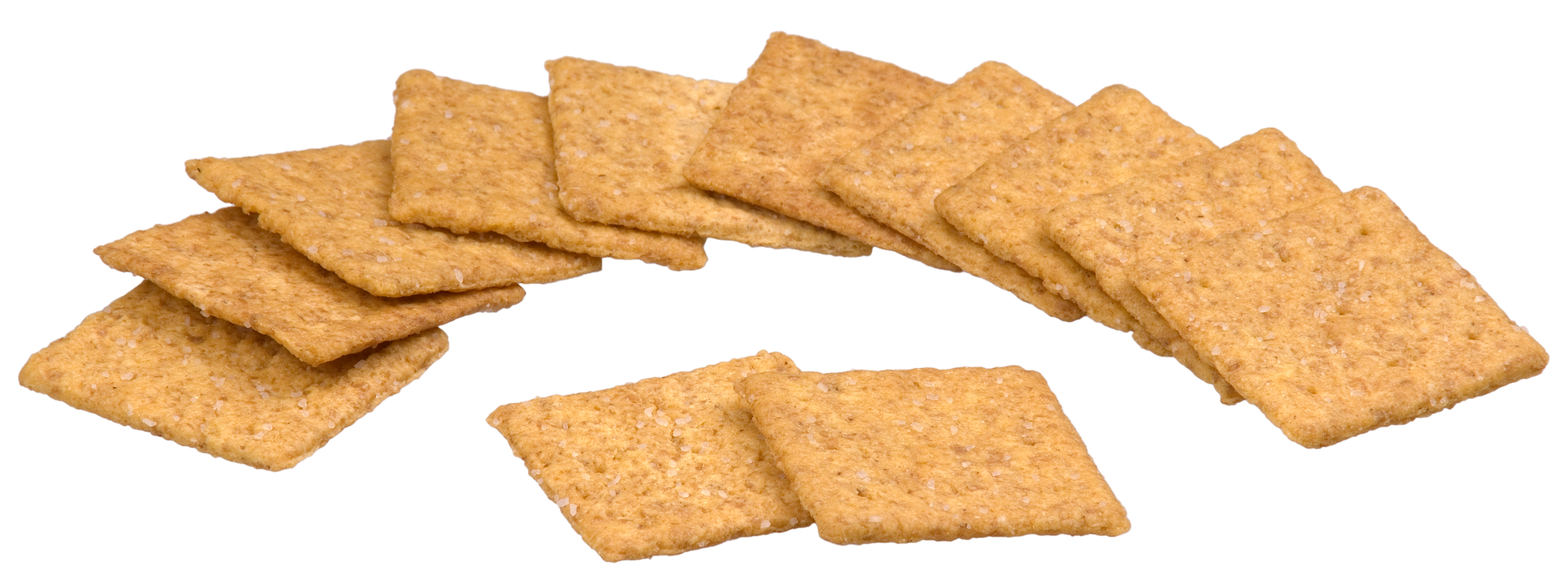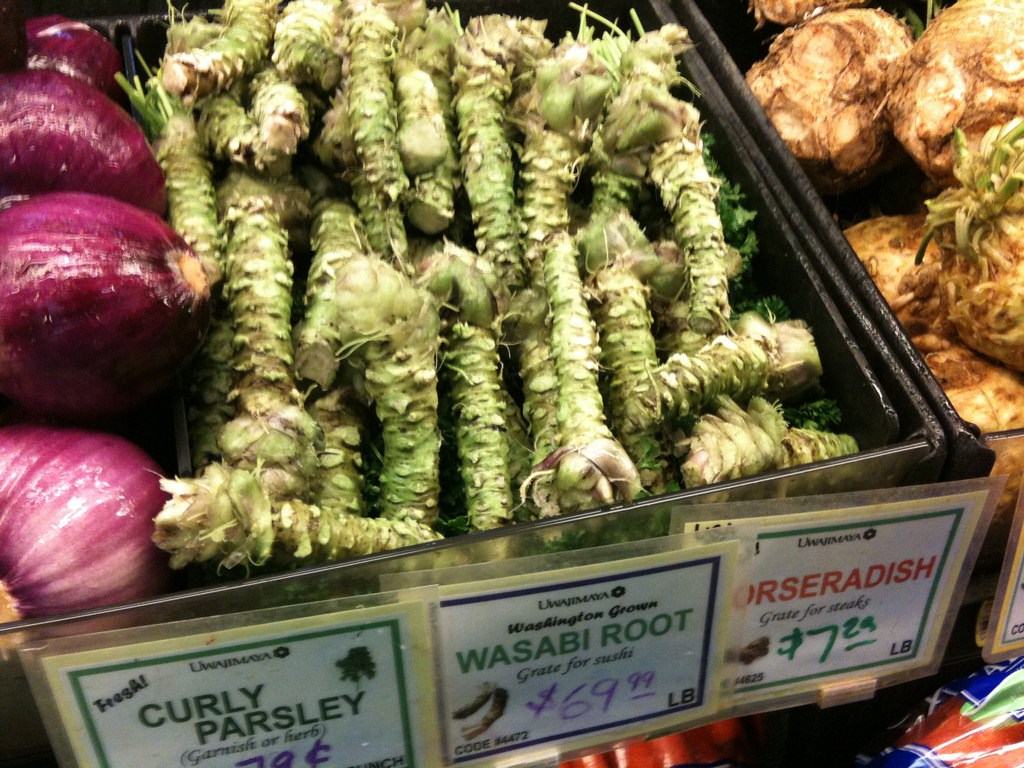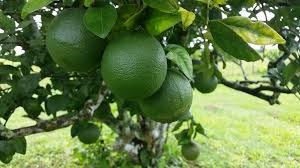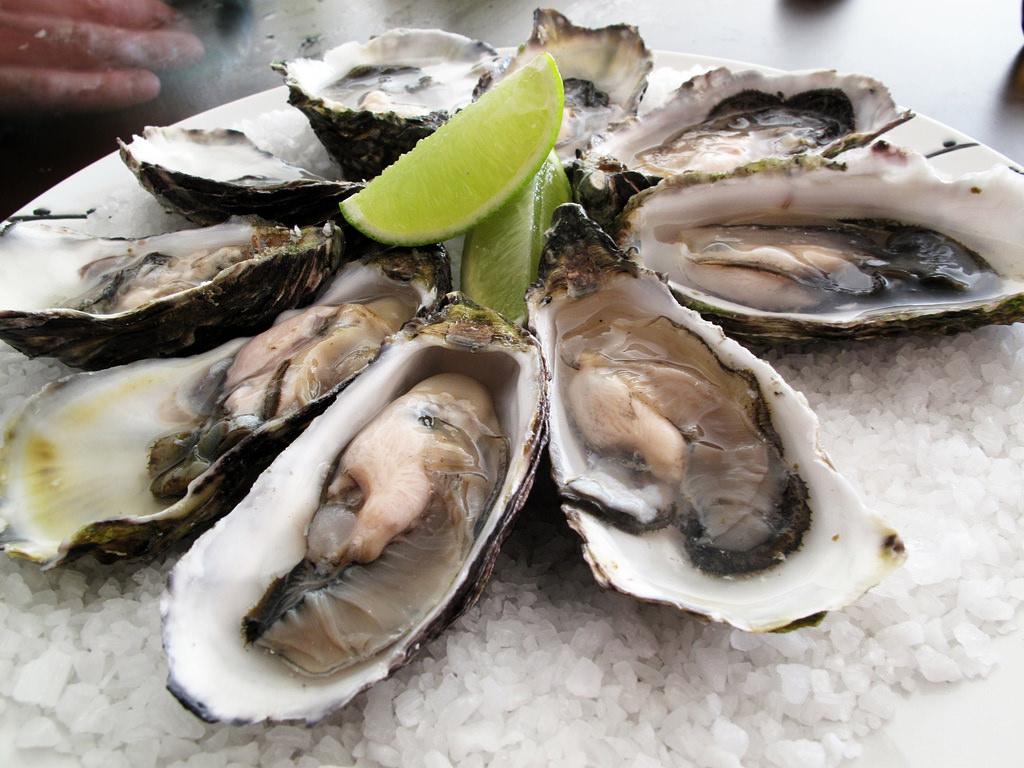I Bet You Don’t Know These Fun Facts About Food!
Every once in a while, I like to go searching for fun facts about various topics. There are always fun, random things to learn to give our brains a breath of fresh air. I rounded up some of my favorite random food facts and myths for your brain to enjoy today :)

Crackers and chips give you cavities faster than candy does. According to the American Academy of Pediatric Dentistry, starchy foods--like crackers and chips--may be worse for your teeth because they stick to your teetch significantly longer than candy after you are done eating.
Potatoes can absorb reflect Wi-Fi. Okay, this sounds like some sort of episode from The Twilight Zone (if there were to be a new Twilight Zone since the internet was part of our daily lives), but it’s really true. Because of the high water content of potatoes and their chemical makeup, not only do they make fantastic clocks, they can absorb and reflect radio and wireless signals!

Most wasabi consumed in the U.S. is not real, but made of colored horseradish. Real wasabi comes from grating the root Wasabia Japonica. However, it is quite expensive, so most wasabi you are eating outside of Japan is actually a mixture of horseradish, mustard, and either green food coloring or spinach powder.
Scientists know how to turn peanut butter into diamonds. German scientist have actually found a way to do this since peanuts are so rich in carbon.
Speaking of Germany--German chocolate cake has absolutely nothing to do with Germans or Germany. It is really only called that because a man named Sam German invented baking chocolate. I’d say I am pretty dang thankful for that Sam German! What would the world be like without a nice slice of moist chocolate cake and a glass of milk?!

Oranges aren’t always orange. The color of ripe oranges depends on where you live. The orange color only develops in more temperate climates where the weather cools down. The cool weather will break down the chlorophyll and turn it orange. In countries where it is always hot, the chlorophyll is preserved and the fruit stays green. Not surprisingly, oranges imported to America actually get treated with ripening ethylene gas to turn them orange.

Most oysters you eat are actually still alive. Apparently once oysters die, they are no longer safe to eat. So how do you tell if your oyster is still alive? Make sure the shell is tightly closed or close when tapped lightly. Keep them stored in the fridge in a moist environment, covered with a moist cloth. Never submerge your oysters for any period of time in freshwater. Follow these tips and you can keep them fresh in the fridge for 10 to 21 days.
Almost all bananas are clones. Have you ever wondered why pretty much every single banana tastes and looks exactly the same? 95% of all bananas are the Cavendish variety of banana and they are actually seedless, therefore sterile. Farmers must clone each plant, which actually results in a lack of genetic diversity that leaves it extremely vulnerable to disease. Yikes! What if all the bananas in the world got wiped out and one day I’ll be telling my grandchildren about two intriguing things: the days before the internet was invented and about a delicious yellow fruit that is no longer with us!
Did you know any or all these fun facts? I hope you enjoyed them as much as I did!
- www.pixabay.com
- www.buzzfeed.com
- www.flikr.com
- www.nationalgeographic.com
- www.macsoysters.com
- www.wikipedia.org
 Mary Richardson
Mary Richardson
Weekly Newsletter Contributor since 2014
Email the author! mary@dvo.com
